
Last year, the global number of fast chargers experienced a significant increase of 330,000 units, leading to a total of around 860.000 fast charging stations worldwide. In terms of market size and value, the fast charger segment led the market and accounted for more than 72.0% share of the global revenue in 2022.
Understanding the DC fast charging market is crucial for businesses interested in investing in electric vehicle (EV) charging solutions. This article aims to provide a comprehensive analysis of the current market.
Increasing charging speeds, new collaborations, smart charging development, and the integration of renewable energies are current trends, while establishing a grid connection, and governmental efforts to ensure interoperability and standardization are identified as current challenges.
Table of contents
-The current size and value of the DC charging market
The fast-changing world of mobility needs fast-charging infrastructure
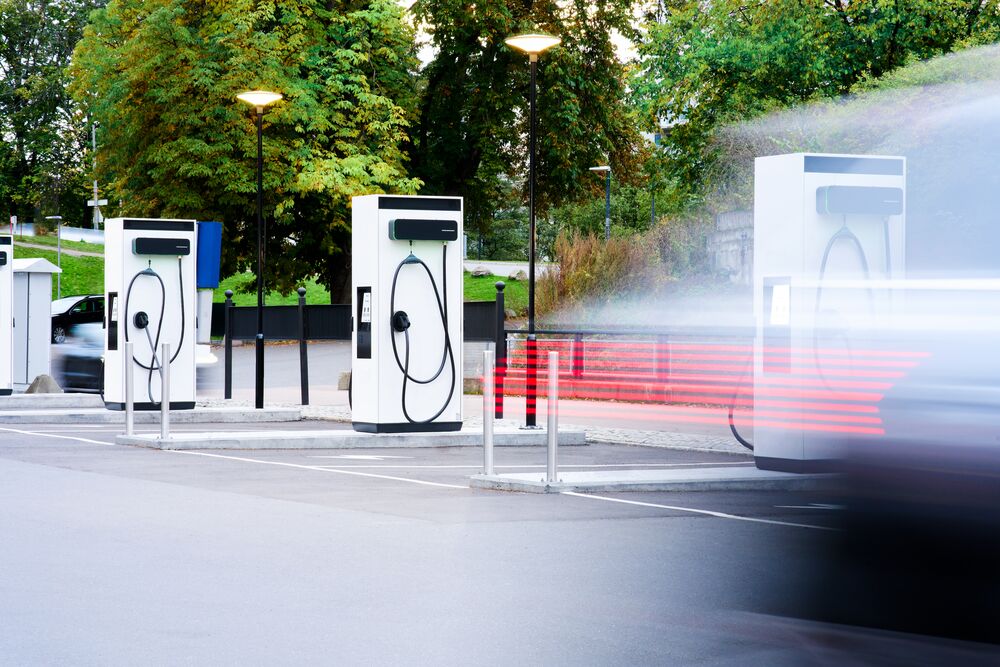
As the demand for EVs continues to soar worldwide, the availability of sufficient and fast charging infrastructure is a critical factor for widespread adoption.
While the world is switching to electric mobility, the need for fast-charging infrastructure has never been higher. To put it simply: A widely available and reliable network of public fast charging points is required, to support the ever-increasing number of electric vehicles (EV) on the road. EV Fast charging, also known as Level 3 charging or DC charging offers a lot faster charging times to drivers compared to their AC counterpart. The expansion of public –and specifically fast– charging infrastructure reduces range anxiety (the fear of running out of battery and not being able to charge) and making it easier for drivers to travel long distances.
In recent years, the public EV charging infrastructure roll-out has already helped the adoption of electric mobility tremendously and will continue to do so in the next decade. However, commercial fast charging stations are expected to play a key role in the growth of the EV market.
The reason for this is quite simple: Drivers want to charge their cars as fast as possible and will travel to places that offer that service. In addition, research shows that drivers are willing to pay extra for faster charging. So, having fast-charging infrastructure on your site can act as a new revenue source and a way to attract customers to visit your business.
Many different types of businesses can take advantage of the strategic placement of their locations near highways, busy urban areas, or popular destinations. If you are considering growing your business by tapping into the rapidly growing fast EV charging market, let’s dive into its current state, trends, and challenges, so you’ll have a pretty good overview of what is what.

EV charging infrastructure 2023
How many EV chargers are there in the world today?
At the end of 2022, there were 2.7 million public charging points worldwide, with over 900,000 installed in that same year—a 55% increase compared to 2021 and a growth rate similar to pre-pandemic levels.
What is the current market value of the global EV charging infrastructure?
The global Electric Vehicle (EV) charging infrastructure market size was valued at USD 19.67 billion in 2022 and is expected to grow at a compound annual growth rate (CAGR) of 25.5% from 2023 to 2030.
Of course, both the number of charging points and market value described numbers reflect the total number of charging stations including slower AC charging points, so let’s look at DC fast charging stations specifically.
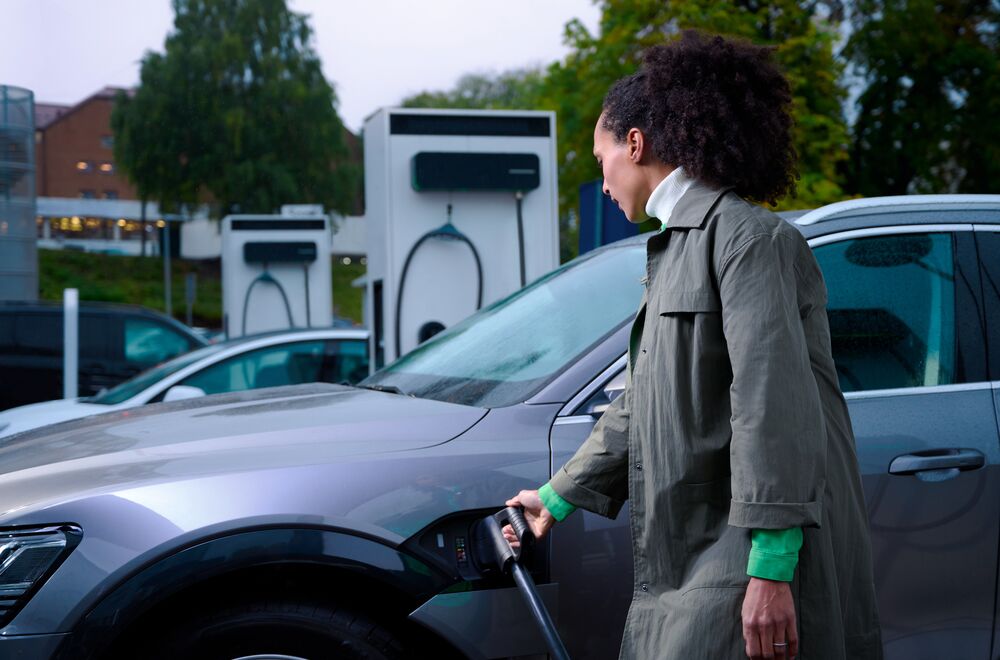
Global fast charging infrastructure 2023
In 2022, the global number of fast chargers experienced a significant increase of 330,000 units leading to a total stock of approximately 858.000.
In terms of market size and value, the fast charger segment led the market and accounted for more than 72.0% share of the global revenue in 2022.
While this article mainly focuses on the EU, UK, and US, it’s good to note that China is leading in terms of fast charging infrastructure as the country accounts for a total of 760.000 fast chargers.
Fast charging infrastructure Europe
Europe is rapidly expanding its fast-charging infrastructure, with over 70,000 units by the end of 2022, a 55% increase from the previous year. Germany leads the way with over 12,000 fast chargers, followed by France (9,700) and Norway (9,000).

The European Union aims to further develop public charging infrastructure through the proposed Alternative Fuels Infrastructure Regulation (AFIR), ensuring widespread access to charging across the continent. Additionally, the European Investment Bank and the European Commission will provide over EUR 1.5 billion by 2023 to advance alternative fuels infrastructure, including electric fast charging. Europe's commitment to expanding its charging network sets an inspiring example for global sustainable mobility.
Fast charging infrastructure US
With promising growth anticipated in the upcoming years, the United States has achieved considerable advancements in the development of its DC fast-charging infrastructure. An astonishing 6,300 fast chargers were erected nationwide in 2022 alone, with around three-quarters of them being Tesla Superchargers. By the conclusion of the year, there were 28,000 fast chargers available overall. The government's ratification of the National Electric Vehicle Infrastructure Formula Programme (NEVI) will cause this already impressive pace to quicken even more.

Every state in the US actively participated in this program and received a sizeable cash allocation of USD 885 million for 2023. This financing will be essential in assisting with the installation of chargers along a vast network of 122,000 kilometers of roadways.
The ambitious project demonstrates the nation's dedication to improving its charging infrastructure and promoting the wider use of electric vehicles, laying the foundation for a future that is cleaner and more sustainable.
Fast charging infrastructure UK
By 2022, the United Kingdom had established a DC fast charging infrastructure with roughly 7,000 charging points for EVs. The UK's dedication to environmentally friendly mobility and emissions reduction is shown in the investment in extending the charging network.

Like many forward-looking markets, the UK DC fast-charging market is set to witness significant growth and advancement thanks to various government-funded initiatives and commitments. An existing £950 million Rapid Charging Fund is dedicated to supporting the deployment of at least 6,000 high-powered super-fast charge-points along England's motorways by 2035.
The need for more commercial EV charging stations
Ultimately, while governments can provide the ‘backbone infrastructure along major highways, commercial investments are essential in creating a widespread fast-charging infrastructure.

Take Norway for example
Norway is known as a leader in electric mobility, and besides electric car sales and EV adoption, there has been a big increase in fast-charging infrastructure as well.
Currently, the rural country has over 6,000 fast EV chargers geographically well-spread across the country. Last year alone, over 1,500 DC chargers were added, and more are coming. Contrary to popular belief, Norway's fast-charging infrastructure rollout was not solely dependent on government funding.
In a recent REVOLUTION Podcast episode, Cristina Bu, Secretary General of the Norsk Elbilforening (Norwegian EV Association) explained that while the government played a pivotal role in establishing the backbone infrastructure along major highways with an investment of approximately 35 million euros, the expansion of the network has been largely commercially driven.
The reason?
The interest of commercial companies soared alongside the increasing number of electric cars on the road. Many companies noticed the increasing need for charging and discovered the opportunities charging infrastructure has to offer their business.
EV charging trends in the DC fast charging market
The market for DC fast charging is seeing dynamic shifts that are reshaping the sector. Faster charging technologies are being developed, new and more collaborative initiatives are emerging, smart charging technologies and digital connectivity enhances charging experiences and minimizes the impact on the grid, and the world is looking at more sustainable ways to deliver power to the growing number of charging stations.
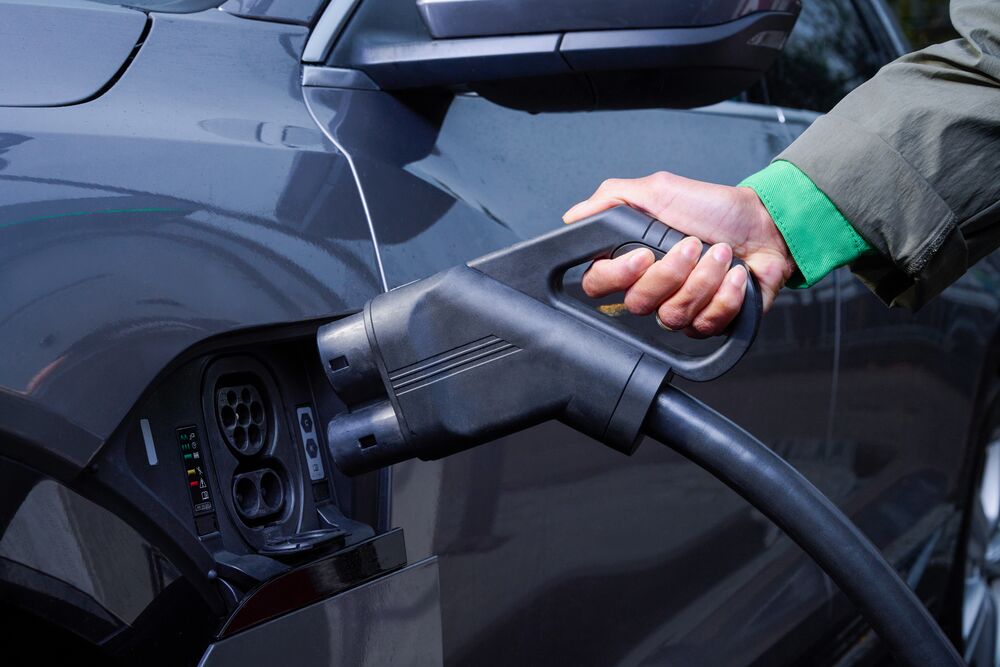
1. The need for speed
Electric mobility is no longer a futuristic concept that appeals to early adopters. It’s becoming the norm, and with that change, the need for shorter charging times and improved vehicle range is only getting higher. As new models are getting equipped with more efficient batteries and larger capacity, DC charging stations are being developed to have an increased power output.
Only a few years ago, 50 kW DC charging was more than acceptable, now many DC charging stations have a maximum power output of 150 kW, 200 kW, 300 kW, or even higher. While many cars cannot even handle the maximum output of a charging station, it’s important to understand that –especially with fast charging– charging more than one vehicle at the same time comes with the territory. So, if a DC charging station has a maximum power output of 300 kW and two cars are charging at the same time, that means that (theoretically) they can both receive 150 kW at the same time.
How fast is DC fast charging?
Today, the average time it takes to charge a medium-sized electric car with a DC charging station lies somewhere between 17 and 52 min.
How fast can fast charging get?
In a recent REVOLUTION Live podcast, we asked this question to Roland van der Put, Head of Charging Technology at Fastned. He highlighted which direction fast charging is moving in and stated that it will not be long until EVs can achieve an 80% charge in just ten minutes.
2. More collaboration
Parking facilities, fuel retailers, highway restaurants, and even hotels are often perfectly situated to facilitate DC fast charging. Their core business already offers services that make waiting for the car to be charged a lot less tedious for drivers and provides an excellent opportunity for businesses to attract new customers.
While many businesses are looking to invest and for ways to capture new markets by themselves, the winning strategy might look more cooperative than you think at first.
In another recent REVOLUTION Podcast episode, Francois Parniere, group EV director at TSG mentioned that we already see fuel retailers and CPOs around the world open to investing and partnering up with other businesses to create a more appealing and well-rounded offering.
At the end of the day, it’s all about meeting the diverse needs of your customers.
3. Smart charging development
Smart charging is an umbrella term that includes all features that optimize the charging infrastructure for electric vehicles and minimize the impact on the load of an electric vehicle (electricity demand).
In a nutshell, smart charging manages the timing, power, and flow of individual charging sessions while taking infrastructure constraints, renewable energy production, electricity costs, grid conditions, and vehicle needs into account.

There are many, but the most frequently discussed smart charging features today are load balancing, cluster balancing, simultaneous charging, and Vehicle to grid (V2G).
Because a smart EV DC charging station can monitor changes in load, adjust accordingly, and communicate with the car. As a result, smart charging can make charging more predictable and insightful. This is exactly why Governments around the world are working to standardize regulations for smart charging stations, ensuring consumers and the electricity grid are protected.
4. Renewable energy integration
Electricity mostly comes from the grid, unfortunately, today, the grid is still far from renewable.
According to the IEA, Global coal-fired generation reached an all-time high in 2021, pushing CO2 emissions from coal power plants to record levels. Despite increased calls from governments and the private sector to phase down or transition away from coal, it accounted for over one-third of total electricity generation.
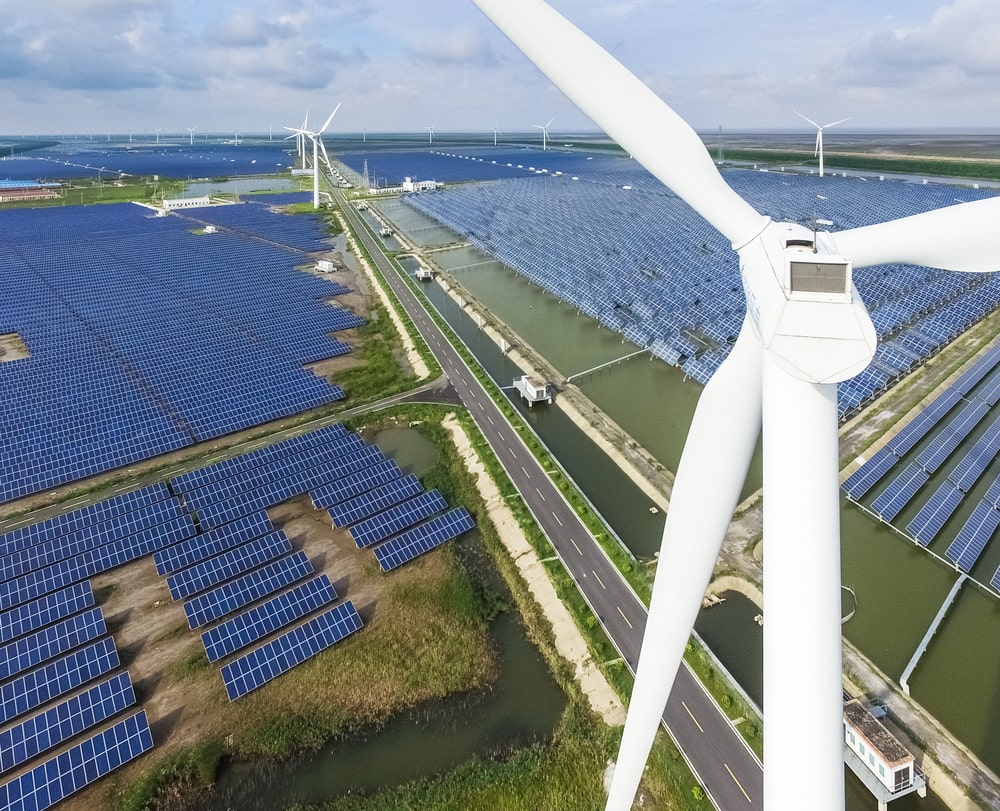
But what about, for example, solar or wind? Well, unfortunately, there are technical constraints, as renewable energy is often less reliable than fossil fuel energy, and harder to scale up as needed. In theory, one way to help stabilize a renewables-based grid would be to have a way to store surplus power when it’s available.
Microgrids have emerged as a solution to this challenge, offering the potential to make EV fast-charging infrastructure more sustainable.
What are microgrids?
Microgrids are on-site and self-contained energy systems that can incorporate a variety of battery energy storage and renewable energy systems such as solar PV, wind, and geothermal. Combining EV fast charging infrastructure with microgrids can create a self-sustaining system that stores renewable energy to use during periods of high demand.
While sounding great on paper, many challenges still need to be addressed to make this a viable option on a larger scale, but it’s an interesting development to keep an eye on.
Challenges in the DC Fast Charging Market
Faster charging times and greater convenience for EV owners are made possible by DC fast charging. But just like every developing industry, the DC Fast Charging market has its own set of challenges that must be overcome before it can be widely adopted.
1. Establishing a grid connection
Establishing grid connections for EV charging infrastructure is no walk in the park.
In one of our REVOLUTION Podcast episodes, Lucie Mattera, Secretary General at ChargeUp Europe, sums up some of the complexity and challenges regarding the current grid connection and permitting processes for charge point operators to establish a connection to set up a fast-charging location.
She mentions that today's processes vary from one jurisdiction to another, and are fully dependent on the charging capacity you require in combination with the way stakeholders and local authorities are involved. These complex elements combined lead to a picture where the cost will vary, the timelines are unpredictable, and, usually, the outcome is as well.
Having better grid connection processes in place will help scale fast charging infrastructure, which will, in turn, help accelerate EV adoption.
2. EV charging standards and interoperability
Now that we are moving towards global EV adoption, the need for an optimal, accessible, and user-friendly DC fast-charging network has never been higher. Governments around the world are trying to make this happen by optimizing interoperability and mandating standardization rules and legislation.
In a nutshell, these measurements are taken to ensure better price transparency, compatibility labeling, data provision, and sharing, and payment requirements to make EV driving easier and safer for consumers.

A few examples of current developments are improving the payment process, ensuring consumers know exactly what they’re paying for, and mandating EV chargers to be digitally connected and have smart charging capabilities to contribute to a more energy-efficient and consumer-oriented charging experience.
While it is in everyone's best interests for charging stations to be safe and functional, with costs kept as low as possible, there are of course many angles to consider.
The primary concerns of grid operators are safety and the influence on the electrical infrastructure. Meanwhile, governments are focusing on the needs of EV drivers and the management of the space. Then there are the operating companies, charging equipment manufacturers, and other market players who are concerned with efficient implementation and management.
All these different needs and wants combined with a rapidly growing need, make a complex puzzle that governments must navigate by collaborating with important players in the industry and learning from each other.
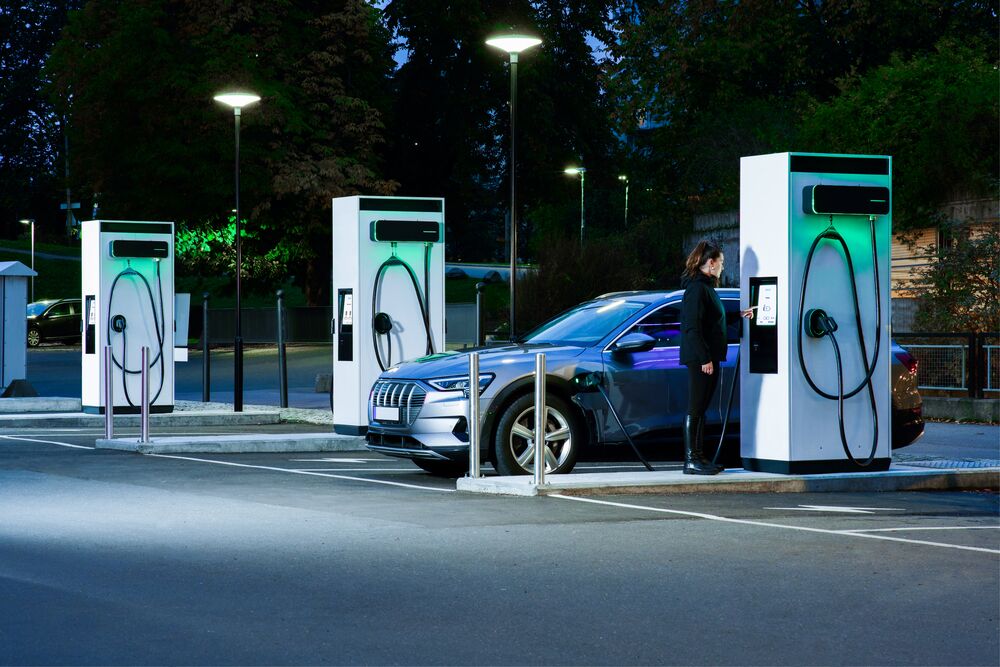
In conclusion
The DC fast charging market plays a crucial role in supporting the growth of electric vehicles (EVs) by providing rapid recharging capabilities. Infrastructure is growing, but so is the need for more and faster charging capabilities for drivers.
Business owners looking to invest in DC Charging infrastructure could benefit from keeping up to date with this developing industry. We hope this post provides some clarity about the current state of the DC fast charging market and invite you to read more on other related topics such as emerging calibration laws in the DC market or how you can make money with EV charging. Click here If you want to learn more about our DC charging solutions.
Related articles
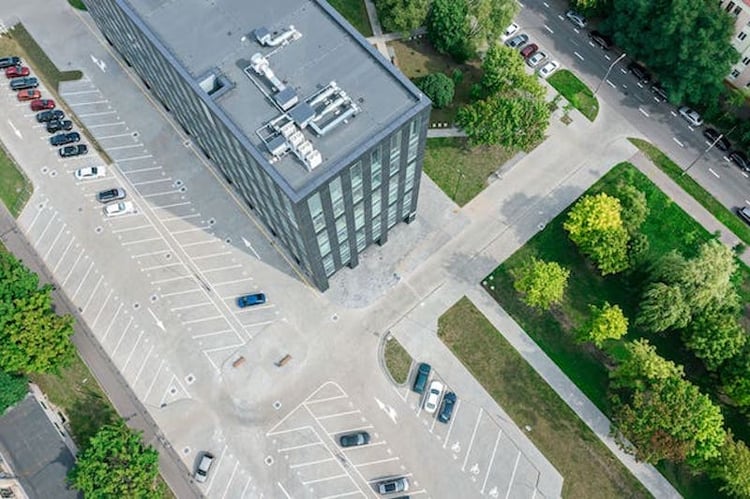
EV charging load management and the importance of cluster load balancing
Electric vehicle (EV) charging stations can add a substantial load onto your building’s power supply, often requiring...
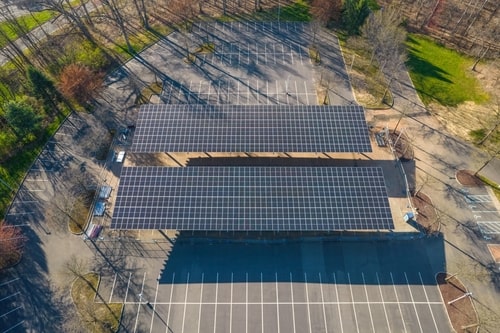
How to design a DC fast charging site
When thinking about installing DC fast charging stations on your site, careful consideration must be given to designing...
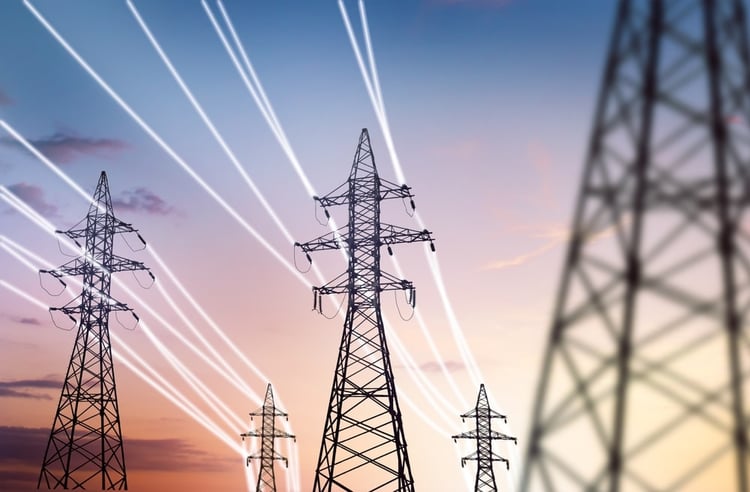
Grid connections for DC fast charging stations explained
The electrical grid is a large and established network delivering electricity from producers to consumers, and...